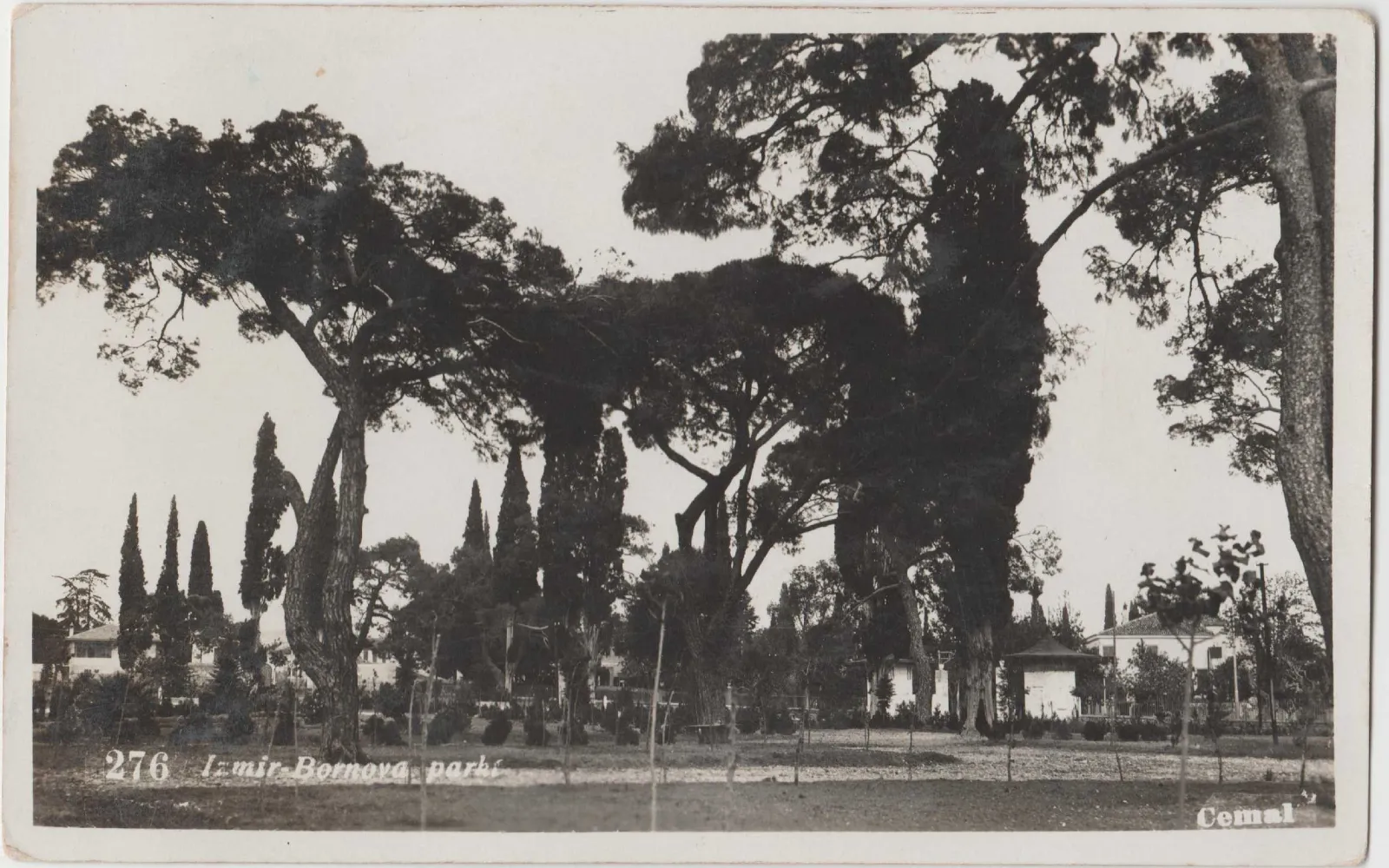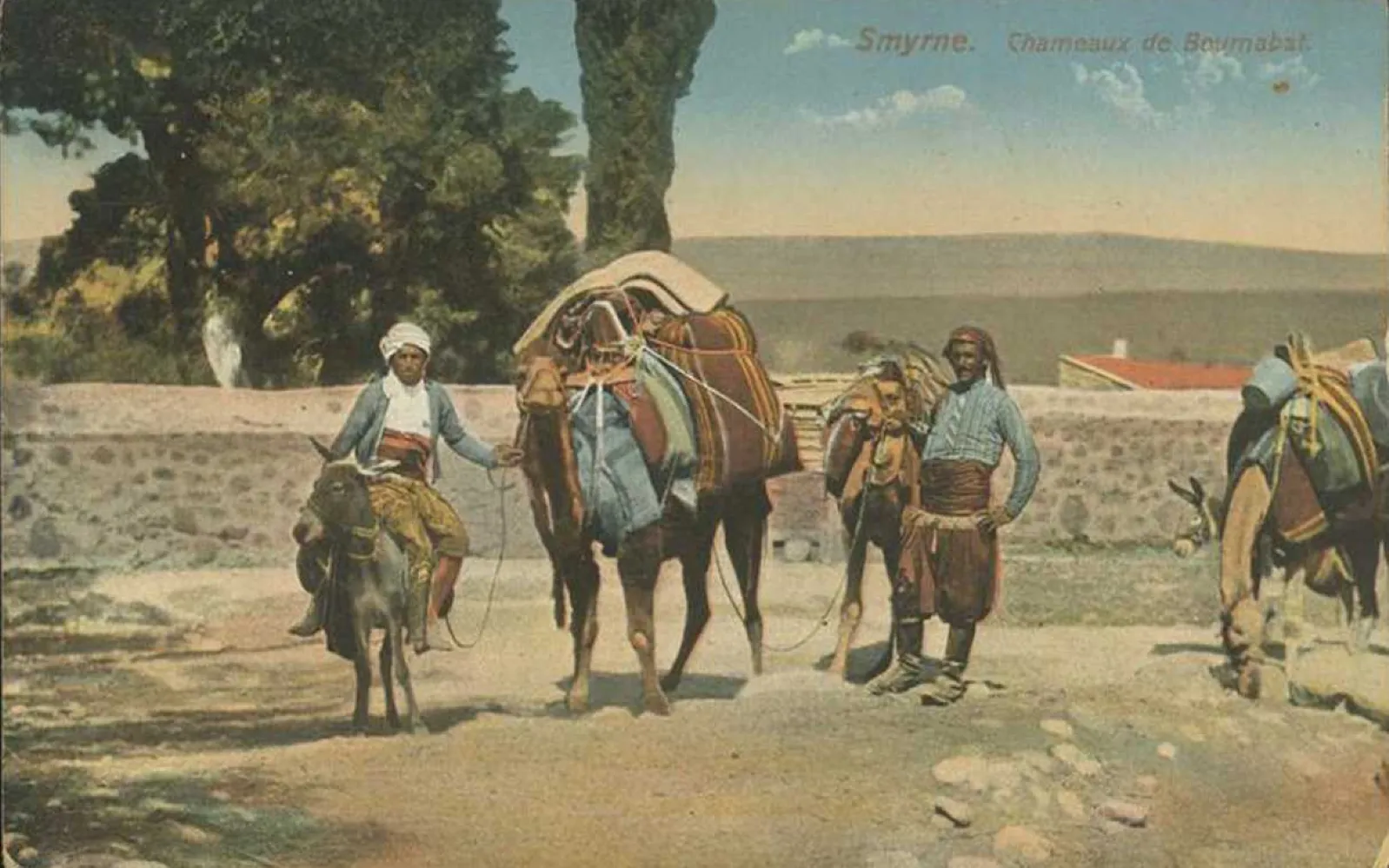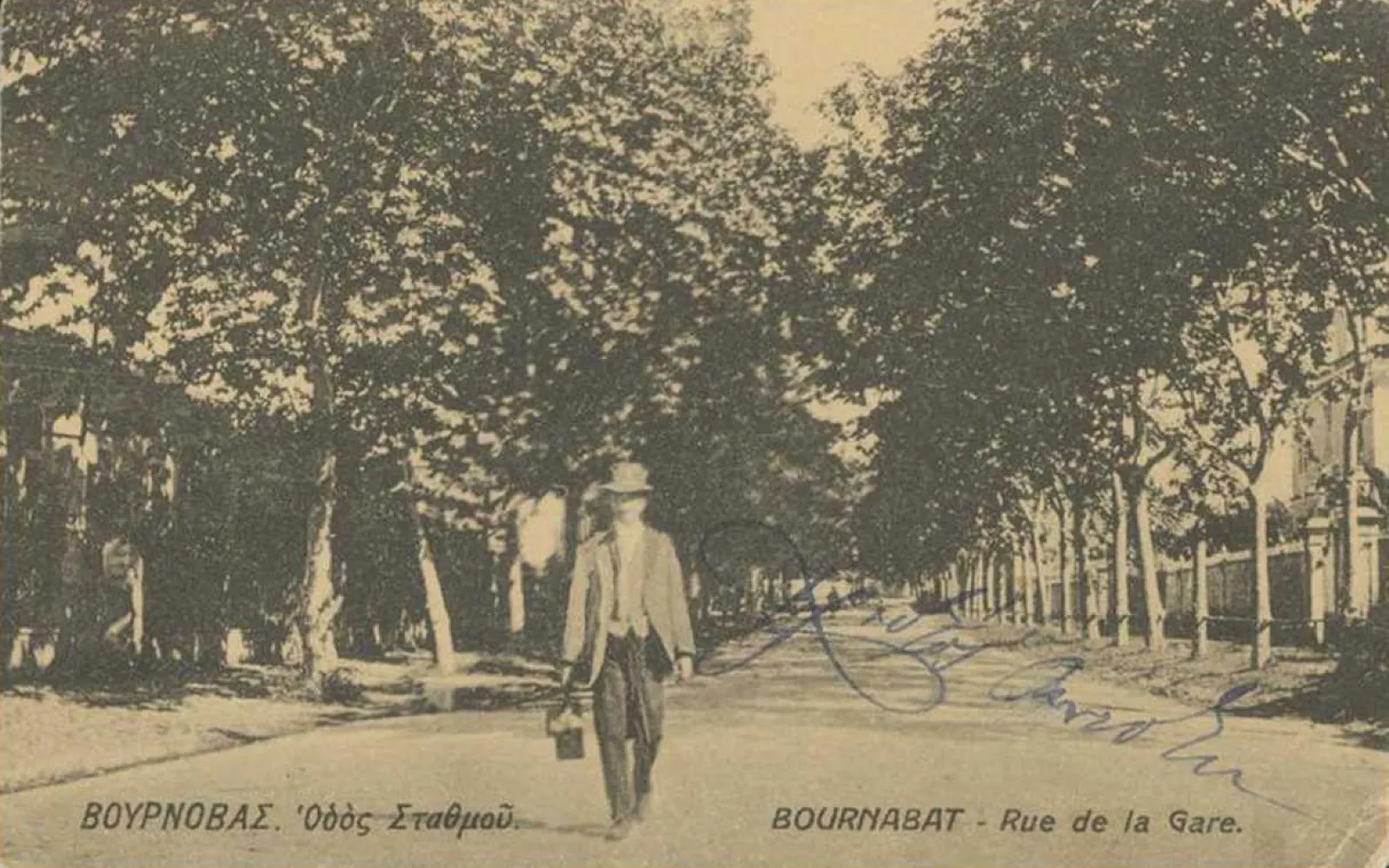Bornova History

Bornova, located northeast of Izmir, at the foot of Yamanlar Mountain, on 380 north latitude and 270 degrees longitude, is 8km away from Izmir. Bornova, which has a settled population of 452,867 and a mobile population of 1 million, covers an area of 205 km2 together with its villages.
Bornova, where life began 8.500 years ago, has hosted many civilizations from past to present. Bornova has been one of the centers of interest of Western researchers and travelers who took ancient sources as a guide since the 17th century. It is understood that during the Ottoman period, this region was a fertile agricultural region and also a summer resort due to its dense vegetation. It is known that the plain was very rich in terms of water resources.
From the mid-19th century to the beginning of the 20th century, there was a Bornova Pier near the place we know today as Smyrna Square. The ferries departing from Konak would drop off Bornova passengers at the Bornova pier, and from there they would travel to Bornova Center by horse-drawn carriages. In fact, the name of this end point of the Gulf of Izmir was Bornova Gulf in those years.
Bornova is located at the center of the Izmir-Ankara, Izmir-Aydın and Izmir-Çanakkale highway networks. With the arrival of the Metro and Garaj in 2000, its importance increased even more. Known for its greenery, okra, tomato, pomegranate gardens and picnic areas, Bornova has hosted different cultures throughout history and continues this mission to this day.
Bornova Plain, which had rich flora and animal resources and suitable environmental conditions in the prehistoric period, hosted the first settlers of Izmir. Excerpts from the oldest settlement in Izmir were found in Yeşilova Mound within the borders of Bornova. As a result of the excavations carried out in 2005 and 2006, it was understood that Yeşilova Mound, which was unearthed in Bornova Plain, is not only the oldest known settlement in İzmir but also in the Aegean Region. It was determined that the first communities started to settle in Yeşilova Mound 8-9 thousand years ago. It is understood that this region was a fertile agricultural region and also a summer resort due to its dense vegetation during the Ottoman period. It is known that the plain is very rich in terms of water resources.
Settlement in Bornova, whose oldest known name is "Birun-u Abad", began in the Hellenistic Age. Amazons, Hittites, Ionians, Phrygians, Lydians, Persians, Macedonians, the Kingdom of Pergamum and Romans ruled and lived in this region.
Liberation from Occupation
The Turks, who entered Anatolia with the Malazgirt Victory in 1071, gave the administration of Bornova to Emir Çakabey in 1076. After the collapse of the Ottoman Empire, Bornova, which was invaded by the Greeks on May 15, 1919, was liberated from enemy occupation on September 9, 1922, when the Turkish Army led by Mustafa Kemal Atatürk entered İzmir from the Belkahve ridge.




